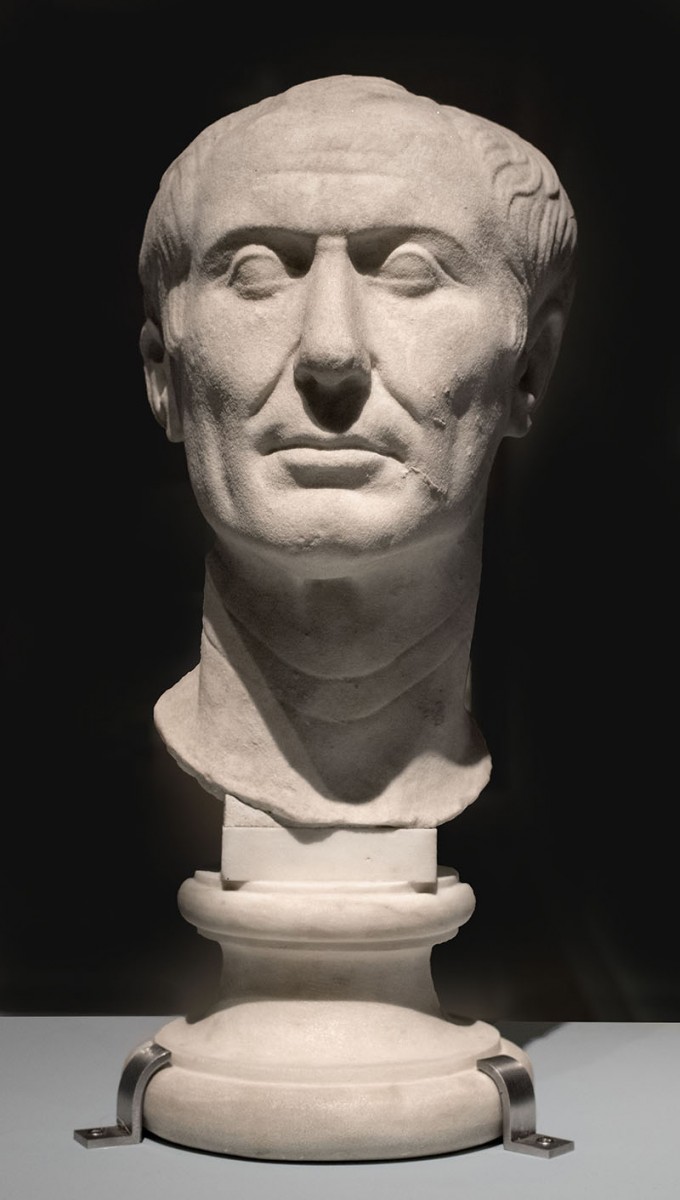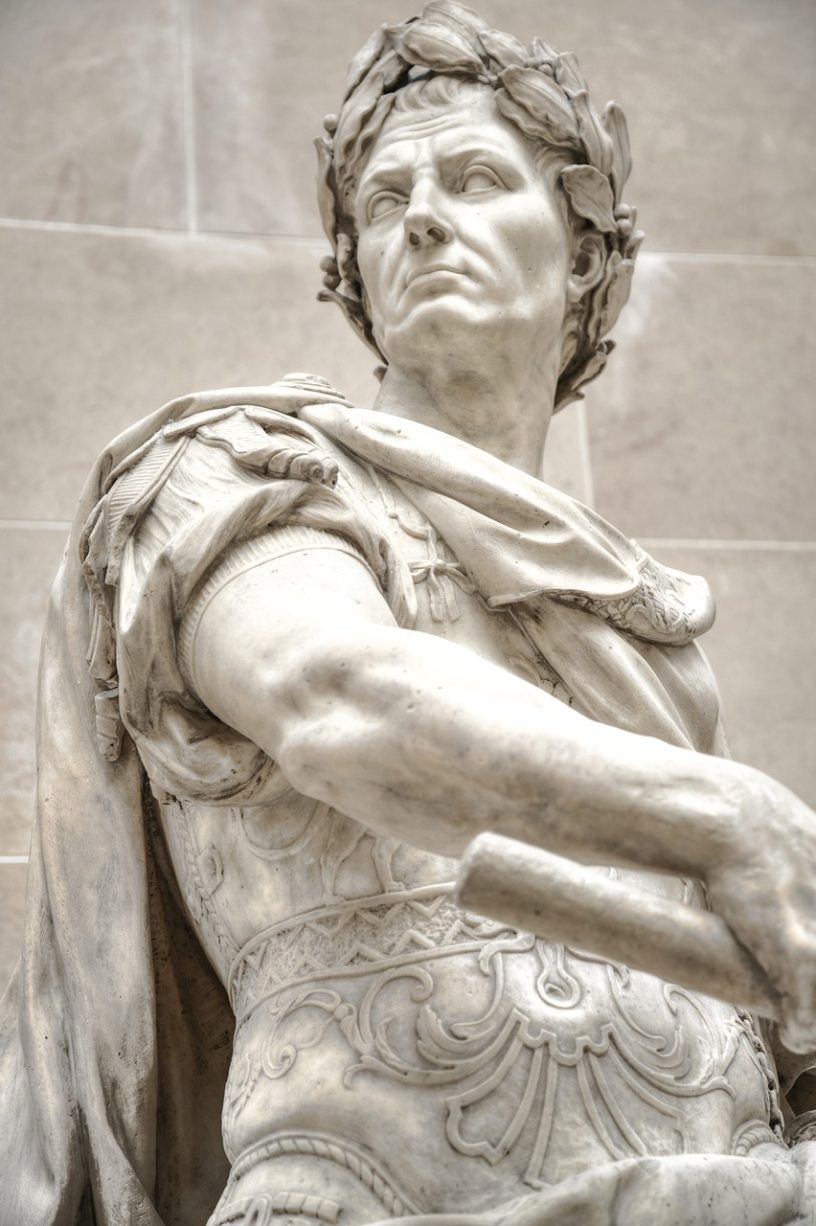

He made his own the view of those who advocated a better distribution of the public lands. His keen mind discerned the cause of their miserable condition. Though a noble, his heart beat for the poor people. He had been the first to jump upon the walls of Carthage in that city’s death struggle. TIBERIUS GRACCHUS was a grandson of the older Scipio Africanus, and a close friend of the younger Scipio Africanus. He bought out as many yeomen as he could, and worked his wide estates by slave labor.Ģ67. Just in this regard Cato himself gave a bad example. But all that did not reduce the unlawful power of senatorial or knights nor did it preserve one yeoman from losing his little farm. He preached the hardiness of the ancestors. He expelled a number of senators for private vices. By word and deed, especially when he had the powerful office of censor, he strove to remedy matters. There had been one would-be reformer at Rome, Porcius Cato (§ 246). This became the aim of Tiberius Gracchus, and to a great extent that of his brother Gaius Gracchus. (4) The position of the yeomen needed to be rendered more secure, and the poor in the cities to be restored to the land. hundred years more, and then not in a manner liked by everybody. (3) The government needed to be taken from the senatorial class and put into responsible hands. This made impossible open attempts at forcing votes, but could not interfere with the bribery by donations, games, etc. One step was indeed taken in this direction, the introduction of the ballot. (2) Some measure to prevent the wholesale bribery at the elections, as far as it could be prevented by human means. Such a system the ancient world never devised (§ 109). (1) A system of elected representatives, such as exists in all our modern states, in order to enable all the citizens that lived at a distance from Rome to exert their influence in the central government.

The reforms needed were principally these: Use the Search box above to find specific topics or browse using the Resources tab above.Ģ66. Use the link at the bottom of post to read the previous/following pages. Although some information may be outdated, the Catholic historical perspective it provides remains pertinent. The following is an excerpt (pages 209-225) from Ancient and Medieval History (1946) by Francis S.


 0 kommentar(er)
0 kommentar(er)
